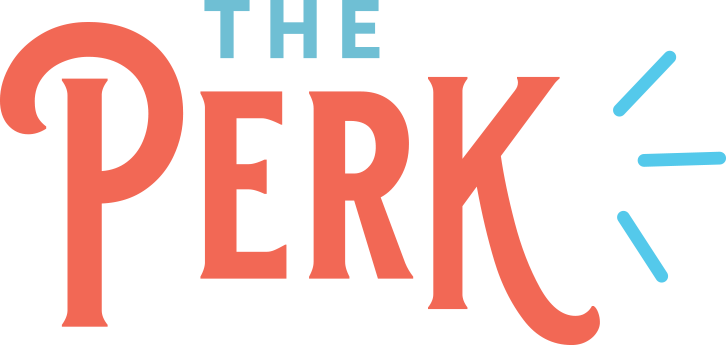The CTA Framework for New Leaders
“How do I…do this?”
When we coach new leaders—specifically, those making the shift from being an individual contributor to being a first-time manager or director—this is the question that gets asked most of all.
First of all, let’s recognize something amazing—that employees get promoted to management positions because they’re absolutely crushing their roles. But let’s also be honest: being a great leader—and a leader of people—requires not only an entirely new set of skills, but a new way of thinking.
Your employees are shifting from a place where they had a very specific job description and were depended on for their functional expertise—and now? They’re kind of expected to have a completely different kind of expertise—delegation, people management, delivery and adherence to an entire team’s high-level strategy and KPI’s…it’s a little daunting.
We always say at The Perk that leadership is complex…but it doesn't have to be. It’s about simplifying your approach to amplify your impact.
And we’re going teach you a super simple framework: CTA.
1. The C(oach) T(rain) A(ct) Framework
CTA. It’s not “call to action” or “Chicago Transit Authority” or even the “Colorado Translators Association.”
CTA: Coach. Train. Act.
Whether you’re new at this leadership thing or have been leading teams for years—those are the most important verbs to have in your vocabulary.
When you’re coaching, the focus is on developing knowledge and abilities that already exist within your team. Your leadership responsibility here is to ask the questions that will help them determine how they want to move forward with a solution. In doing so, you’re taking the time to turn your team’s abilities up a notch and creating a team of problem-solvers.
When you’re training, you’re helping your team gain new knowledge and abilities. The focus becomes teaching them how to do something—or showing them how to do it.
And, when you’re acting, there’s an absence—or very limited—knowledge or ability, and you’re the one that has that knowledge. So, you jump in and do it, because it’s not getting done otherwise!
You know that adage, “Give a man a fish, and he eats for a day. Teach a man to fish, and he eats for a lifetime?”
Well, if we used that in the context of the CTA framework, coaching would be standing behind the person as they’re fishing, and asking them what they’re learning about themselves (and probably the fish and the fishing pole they’re using!). Training would be standing next to them and holding the poll together, and acting…well, you know what that would be: fishing for them.
2. Putting the CTA Framework into Action
Now that we’ve talked about the three actions that leaders perform on a daily basis,the next question inevitably becomes: “Okay, what’s the breakdown in terms of how much I should be doing each of these?”
We’re glad you asked. Because in order to make that leap from individual contributor to leader, the amount of time you spend doing these three actions has to change, too.
When you’re an individual contributor, a typical CTA breakdown is 5/15/80—and this makes sense, right? 80% of the time, you’re performing the tasks. 15% of the time, you might be training someone to do those tasks—in case you’re out of the office, or preparing to step up to a leadership role.
When you’re a leader, those percentages shift. It’s coaching that takes up 80% of your time, followed by 15% of training, and 5% of acting.
Now, keep in mind that this is an ideal percentage. For a new leader who’s never managed a team or led people before, you as their leader might spend the majority of your time coaching them to train and act, and armed with that baseline of knowledge, they’ll soon be able to coach others.
Sign-up for our monthly Hey Leader Newsletter & never miss a game-changing tip from us!
SIGN UP3. CTA Up Your Coaching Skills
Going into your daily work with the CTA framework at the forefront — “Okay, so I’m coaching, training, or acting at any given moment,” — creates a little less noise and stress in your head and you can start shifting to delivering the coaching that your team needs.
And one more thing: when you do have to unexpectedly step in and act as a leader, those are always coaching moments, too. Maybe the actions you had to take goes on your list of topics to discuss at your next one-on-one, giving you an opportunity to ask about what happened. Do they need more training? A confidence boost? Maybe they simply didn’t realize it was part of their job—or it’s not part of their job and there’s another conversation to be had about making sure the situation is handled differently in the future.
CTA. It’s a simple—but effective way—of wrapping your head around not only being a leader, but doing the actions that get you there.
Looking for a little more insight on how to do the whole “coaching” part of your job? We can help! Head here to learn more about our coaching programs
Pssst...I LOVE connecting with & growing my community! Feel free to connect with me on LinkedIn - see you there! 🤗




